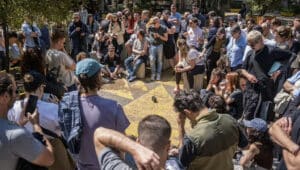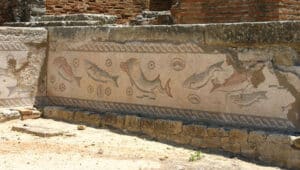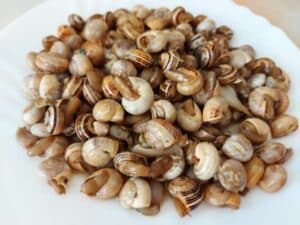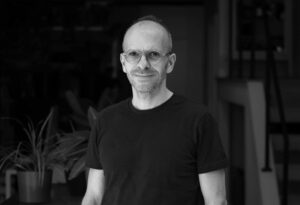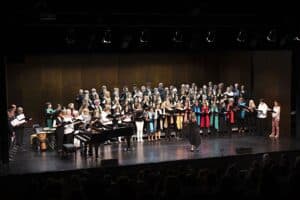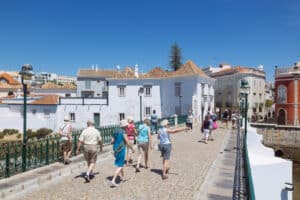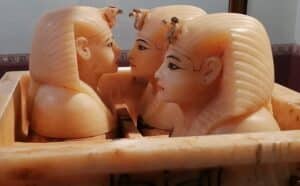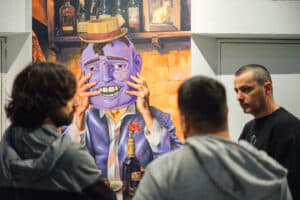The calamitous force 9.0 earthquake and subsequent tsunami of All Saints Day 1755 brought to an end the centuries-old fame of Lisbon as a leading European city of enlightenment and culture.
The immense destruction by fire and water of nearly all its fine buildings included the Royal Palace, the Carmo convent, basilicas and churches, some of which were magnificent examples of 16th-century Manueline architecture and had housed carefully assembled libraries of Iberian music of the Renaissance and Baroque periods.
Many of these manuscripts were irreplaceable, but, fortunately, some had been copied and dispersed to libraries in European centres of learning and even as far away as Brazil, Peru and Mexico.
“Lisbon Under Ashes” is the fascinating title of a CD (PC 10385) by A Corte Musical, which has painstakingly compiled Portuguese music from this patchwork of scattered sources.
Many of the compositions are anonymous, but Manuel Botelho de Almeida and Frei Filipe da Madre de Deus are identified with pieces of singular beauty. All are rendered with empathy by this Swiss ensemble, which is led by Rogério Gonçalves and dedicated to the rediscovery of 17th- and 18th-century European music.
The Baroque period of Portuguese music dates from around the year 1600 when Portugal was in political union with Spain under the auspices of the Habsburg dynasty. This was renowned for its liberality towards the Arts which were patronized by royalty and the aristocracy.
It led to a great interchange of musicians and composers throughout the vast empire and the well-established schools of Coimbra, Alcobaça, Évora and Lisbon benefited from an influx of gifted players.
In Vila Viçosa, the Duke of Bragança appointed Roberto Tornar as ‘mestre da capela’. He became musical tutor to the future D. João IV who was to transform his father’s already impressive collection into the largest library of that time in Europe.
Following Independence in 1640, this beneficial process continued apace in all domains of music, but the liturgical instrument par excellence was the organ for which Portuguese composers, led by Manuel Coelho, were acknowledged as among the best in Europe.
But the performance of secular music also achieved wider popularity with a burgeoning middle class participating in songs of love, friendship and loss in their salons and at festive gatherings.
Particularly noteworthy was the popularity of the Iberian villancico (villançete) written in octosyllabic verse for four or five voices and consisting of stanzas with refrain.
The Cancioneiro de Évora, an eternal cathedral city of culture, is a remarkable collection of these works by such ‘mestres’ as Manuel Cardoso, Duarte Lobo, Filipe de Magalhães and Manuel Mendes being representative of the Golden Era of Portuguese Polyphony.
King João V (the magnificent) contributed markedly to this transition of society and culture by founding various schools of music for the training of professional musicians some of whom were sent to Italy.
In turn, he brought from Rome the famed Domenico Scarlatti who, apart from his ecclesiastical activity, found time to write several operas which were performed in the the Royal Palace and paved the way for the Alessandro Paghetti company to give the first public performances at the Trindade Theatre in 1735.
The success was enormous and followed by other pieces at the Rua dos Condes and Bairro Alto theatres by Antonio José da Silva and other authors.
Operatic activity reached its zenith with the opening of the monumental Ópera do Tejo by David Perez in March 1755 only to be brought tumbling down eight months later.
One can only conclude this brief resumé of the Baroque by mentioning the work of Carlos Seixas, a prodigy who, in 1720 at the age of 16, left his post as organist of the Coimbra cathedral to join Scarlatti.
He became the most important Portuguese keyboard composer of the time and wrote more than 100 two-part baroque sonatas and a concerto for harpsichord and strings.
|| features@portugalresident.com
Roberto Cavaleiro first came to Portugal in 1982, acting as advisor to international investors. Current interests include animal welfare and writing opinion articles, especially with reference to environmental issues.








